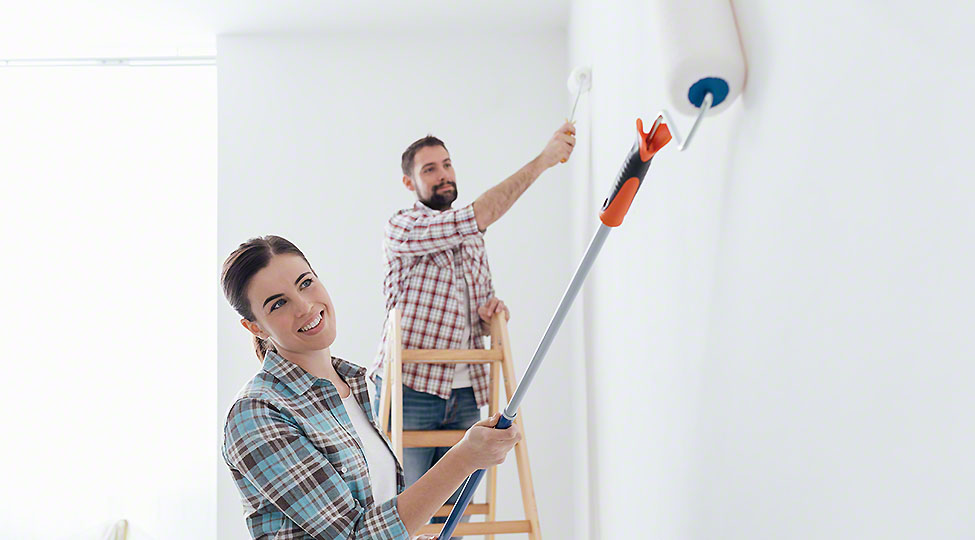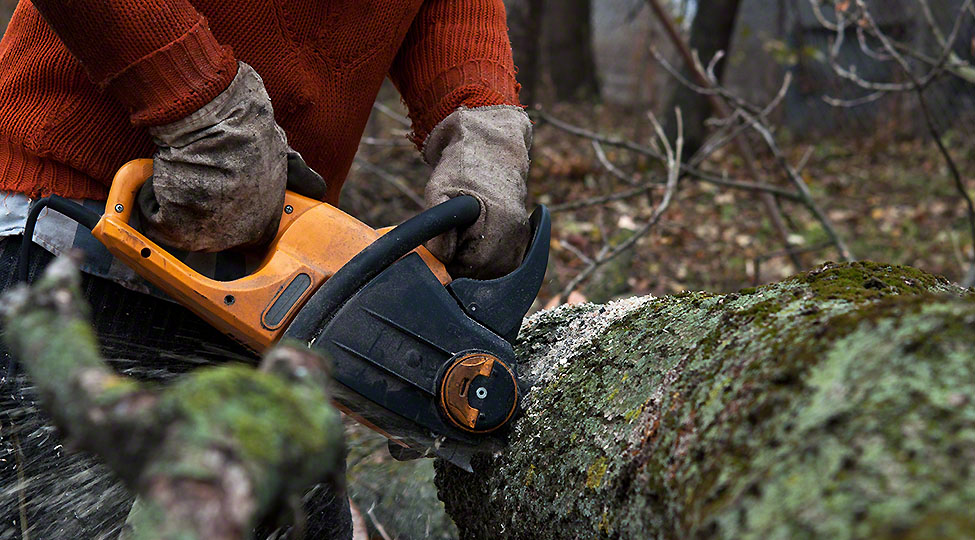A chimney is one of the most important components of a house. It comprises several different parts and just like the structure of the house, the chimney is also in a constant battle with moisture. More often than not, homeowners come to find their chimneys damaged and they have to pay for chimney repair costs. And since moisture is its biggest enemy, you would want to protect it at all costs. So, let’s take a look into how sealing a chimney using a chimney sealant might be a wise decision.
Why Should You Seal Your Chimney With A Sealant?
The primary reason you should seal your chimney is that chimneys are severely affected by moisture. The majority of the chimneys in America are built using brick, which as you already know is incredibly porous. It absorbs rain, snow, ice, etc. The problem with a brick chimney is that it retains water and it takes a while for it to evaporate. With time, this constant absorption and evaporation of water lead to deterioration that calls for either repairs or replacement. Therefore, some homeowners protect their chimneys using a sealant so that moisture and water cannot damage them.
What If Moisture Damage Has Already Occurred?
Your decision to use a chimney sealant might have followed from your previous experience of the chimney being damaged due to moisture. However, you should keep in mind that before you use the sealant, the chimney should be rid of existing moisture. Otherwise, you will only be increasing problems.
To determine the condition of your chimney, look for certain signs & symptoms. For instance, cracks, spalling, lose or missing bricks, and damaged mortar joints. Some homeowners think that loose or missing bricks are normal and won’t cause much damage.
However, their ignorance usually leads to expensive repairs down the road. Since prevention is better than cure, it is better that you maintain your chimney when you can and seal it for a few years to come.
How To Find The Right Sealant?
While hunting for the right sealant, you will come across many out there. The decision to pick one can be difficult. So, the best way to make sure you choose the right product is by consulting a professional or getting a suggestion from someone in your social circle who already has their chimney sealed.
A good chimney sealant will last 15 to 20 years. Make sure that you opt for a water-permeable chimney sealant. This product allows the pores to breathe while protecting the exterior structure from moisture.
Apart from choosing the right sealant, it is equally important that the sealant is applied the right way as well. It might look easy but there are certain steps to follow. So, if you are not aware of the instructions or do not possess the skills and knowledge to apply the sealant, you should pay an expert to do it.
Keep in mind that once you apply the sealant, you cannot remove it. That said, if you are doing it on your own, make sure that you do not add to the problem.
How To Choose An Expert?
As mentioned previously, applying the sealant the right way is as important as choosing the right sealant. Even if you get the right product, it still won’t benefit you unless you know how to use it the right way. Therefore, we would suggest hiring an expert.
Now, hiring an expert is not easy either. You will have several so-called experts and companies willing to offer their services but you need to be smart and wise. First of all, look around for suggestions in your social circle.
Once you find some, interview them and ask them about their prior experience of sealing chimneys. You need to be careful with those who can only do repairs or build chimneys. It is not necessary that they know how to apply the sealant as well. Choose an expert once they have fulfilled your requirements and satisfied your questions.
Conclusion
Using a chimney sealant is important if you have a newly built chimney or want to protect an existing one from moisture. Make sure to hire chimney contractors Columbia MD to repair any damages first and remove the existing moisture for the sealant to last.



